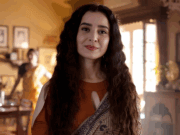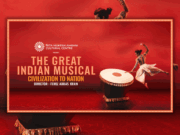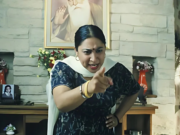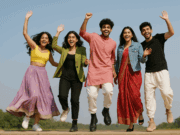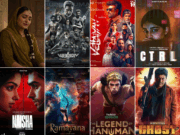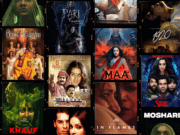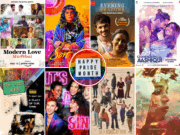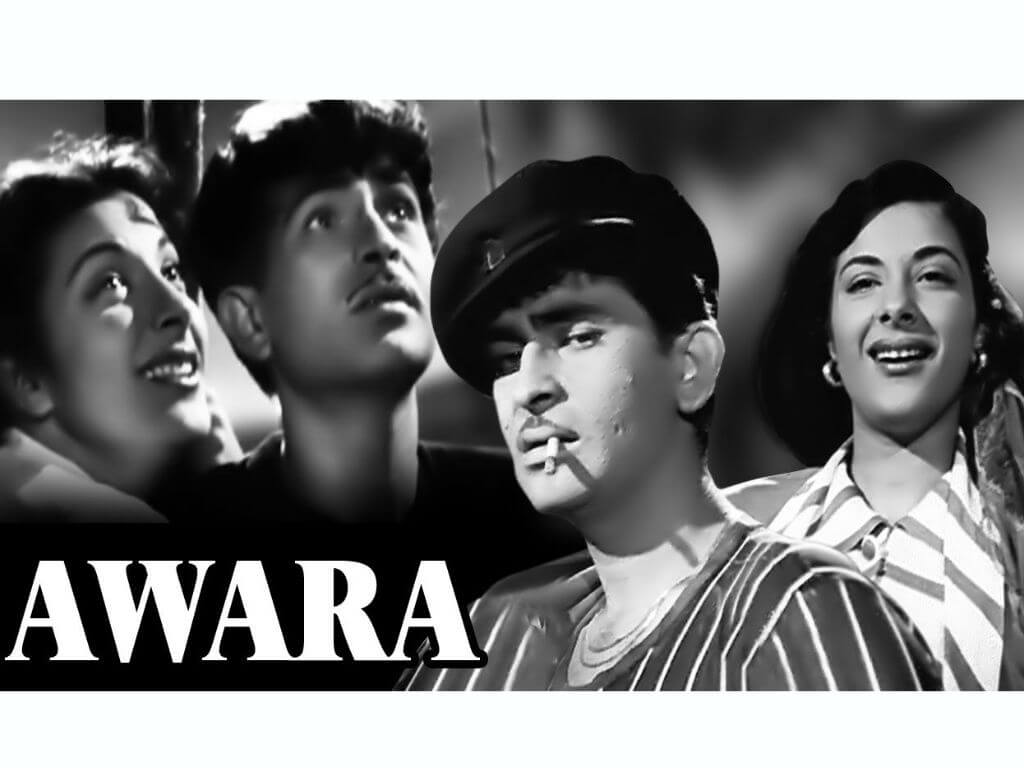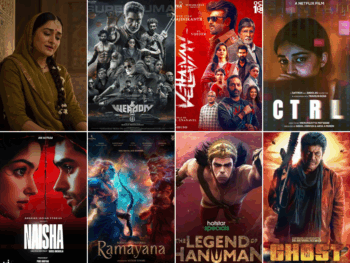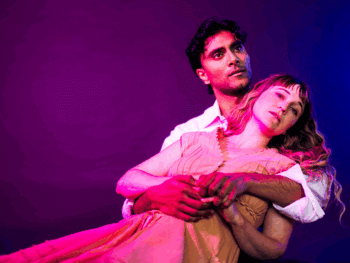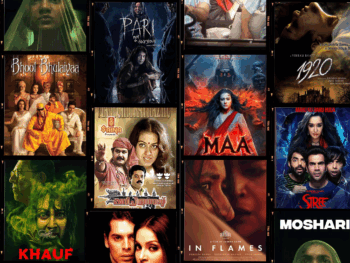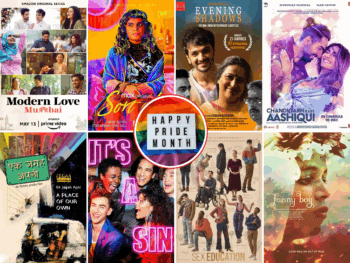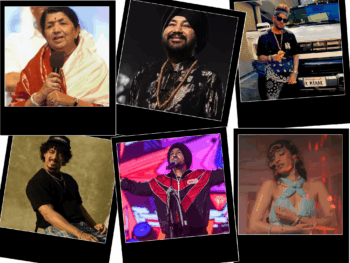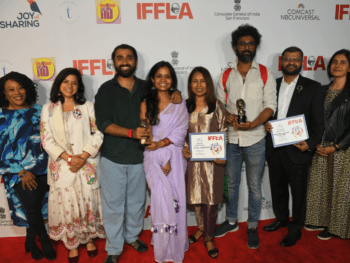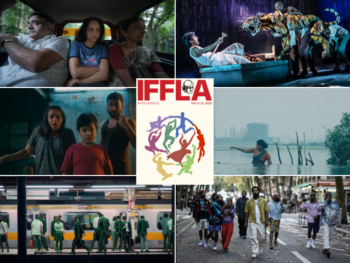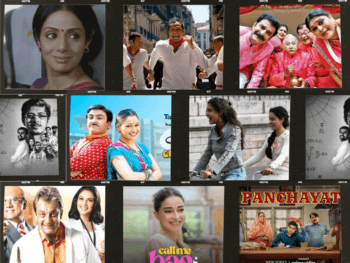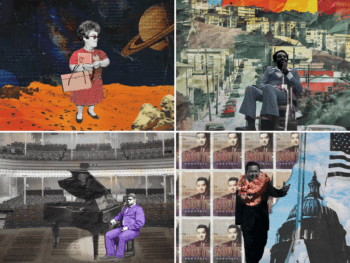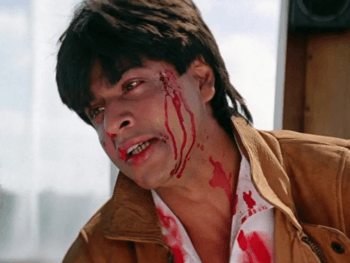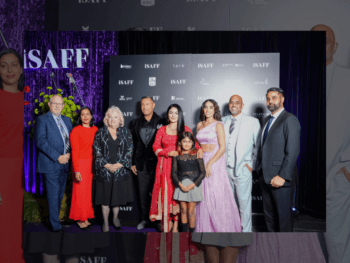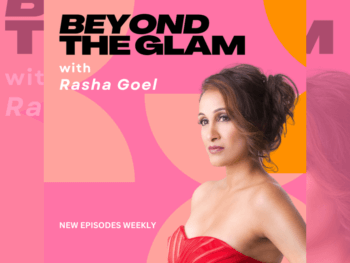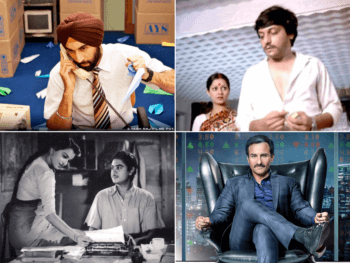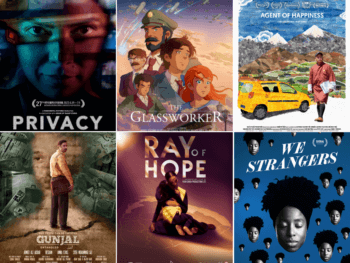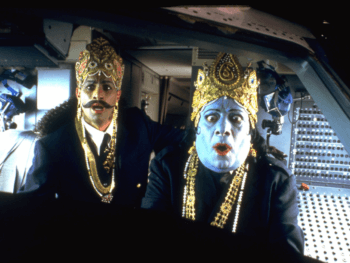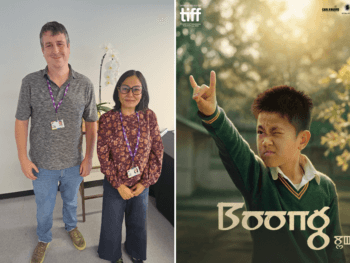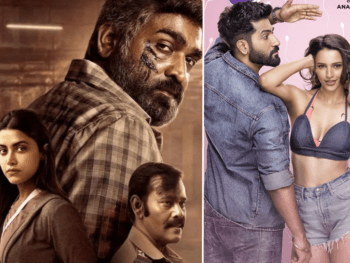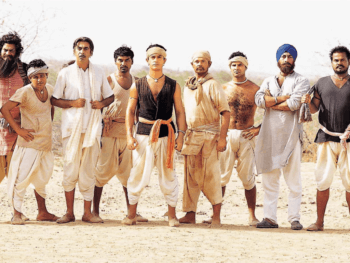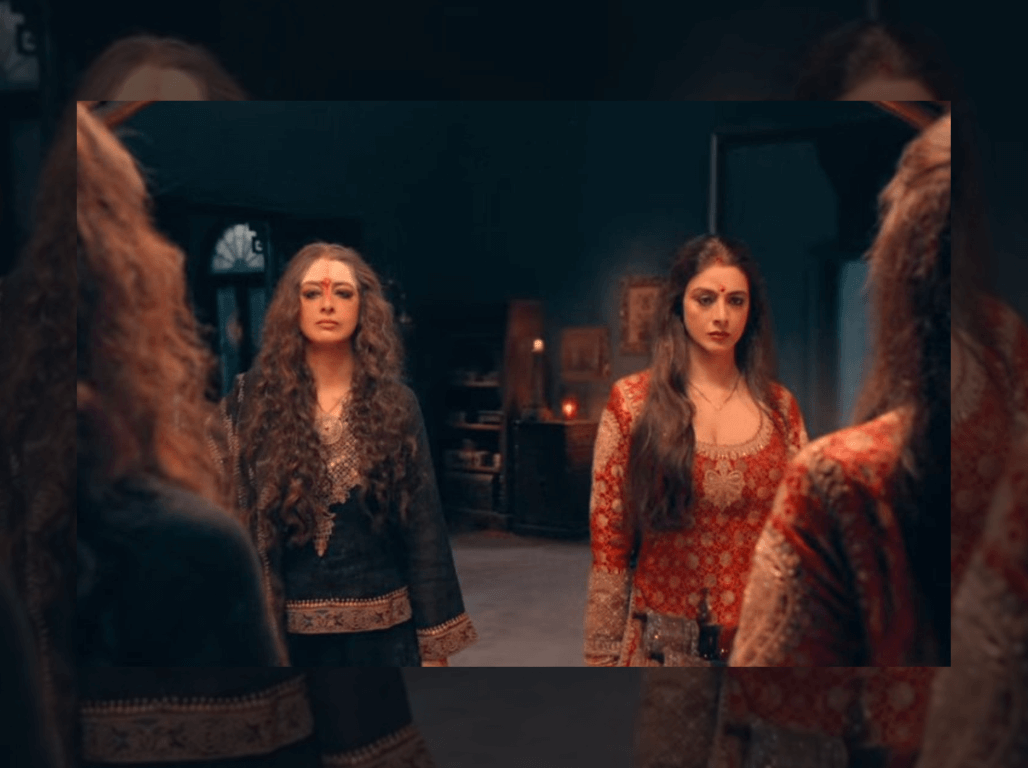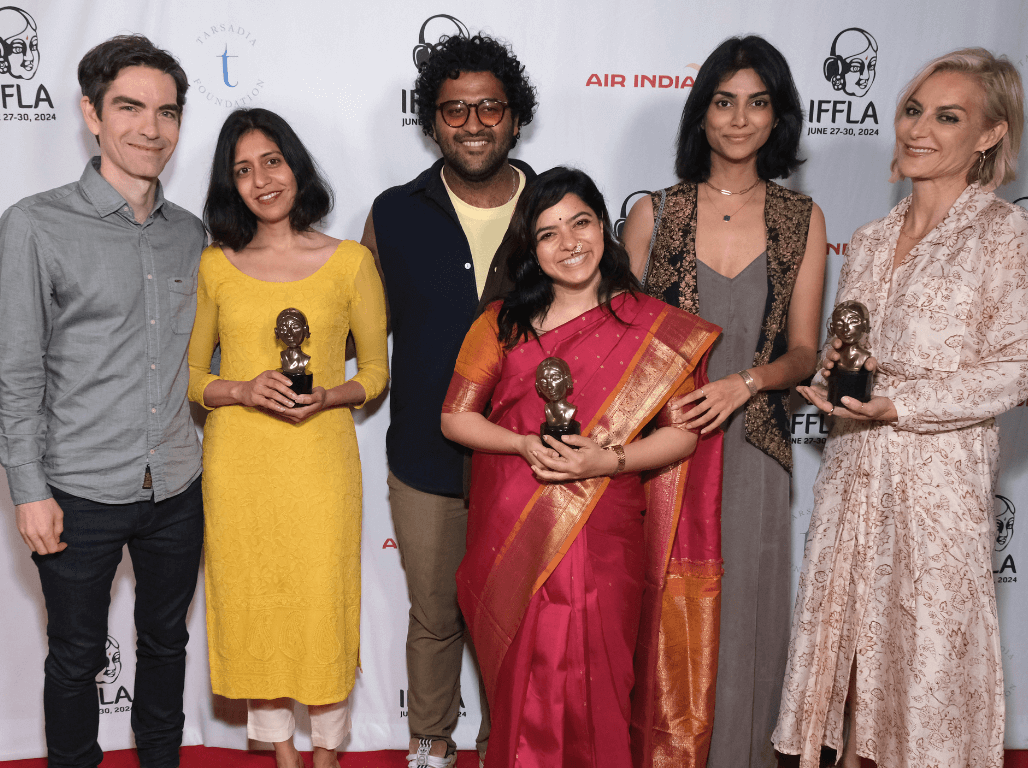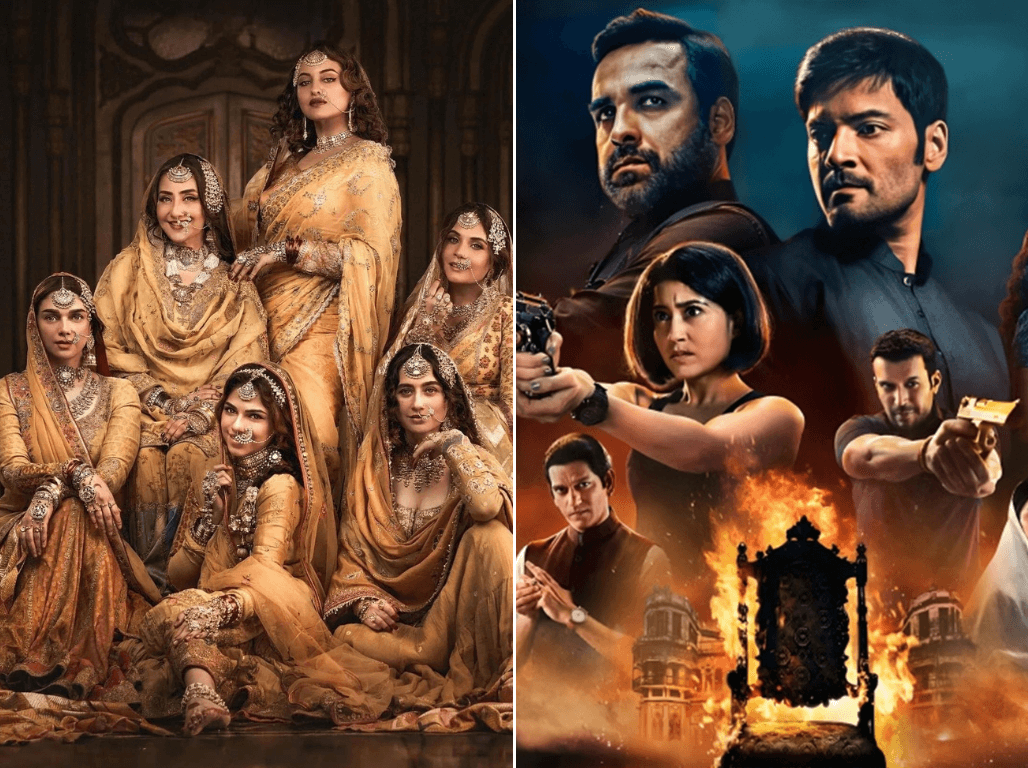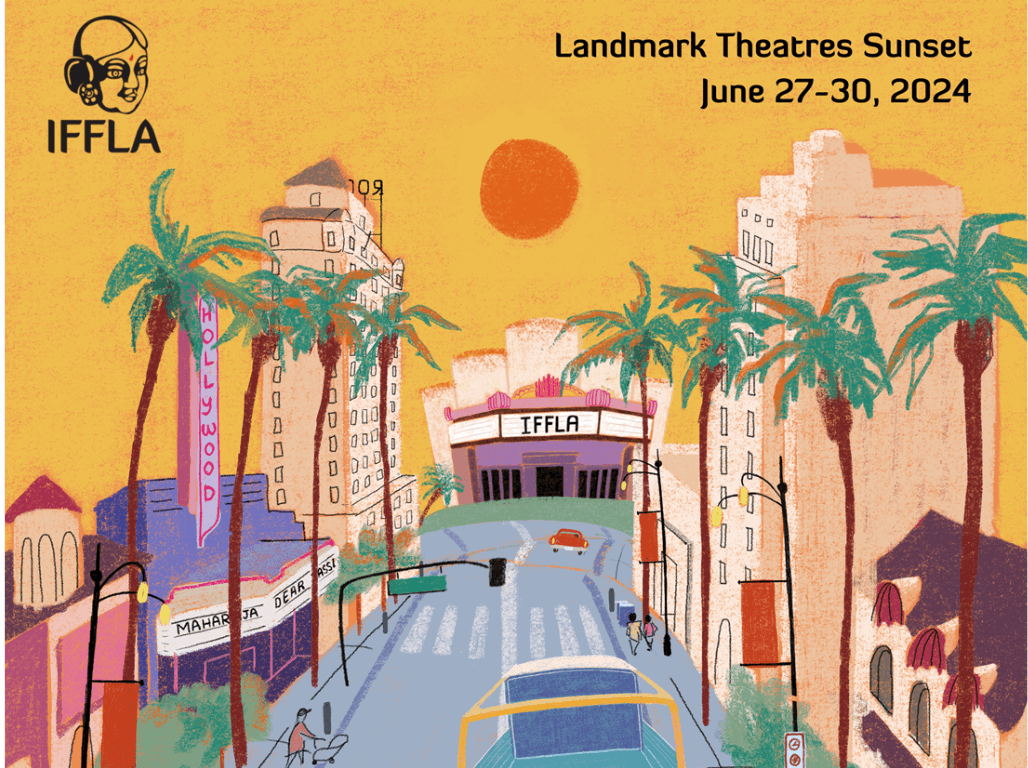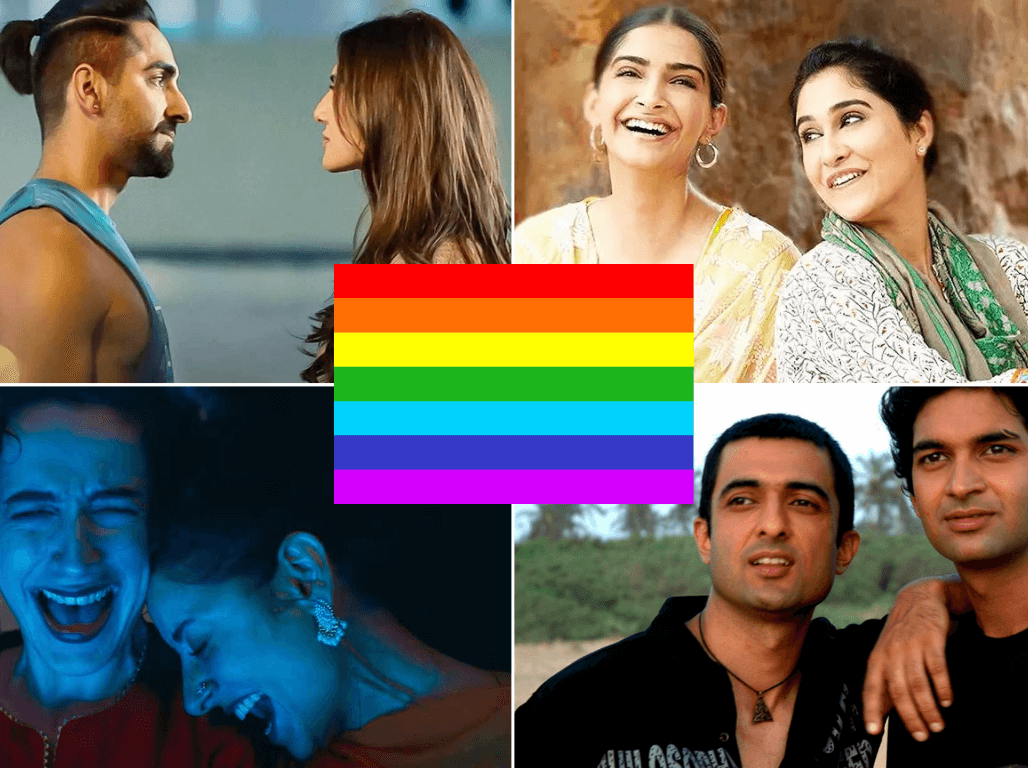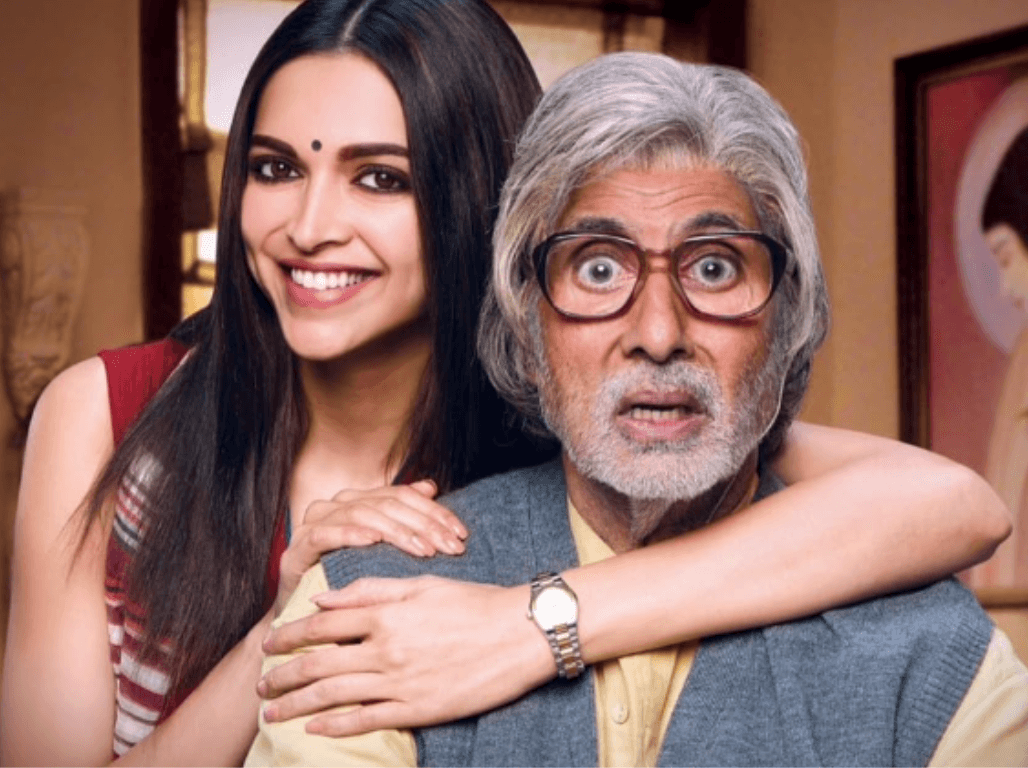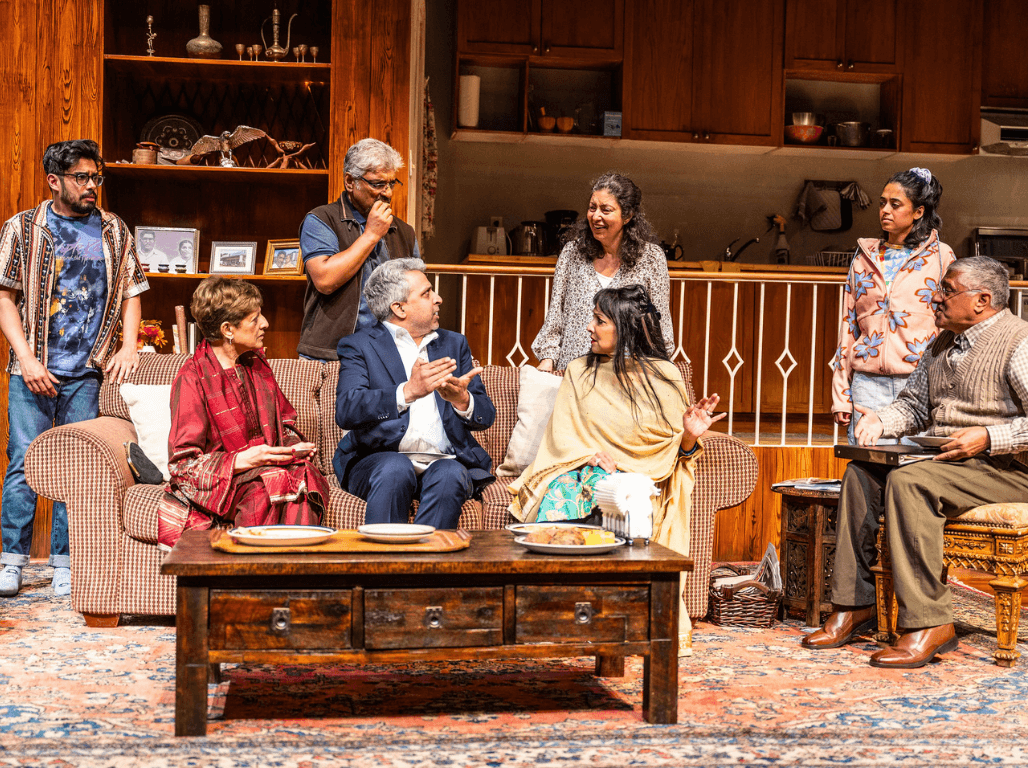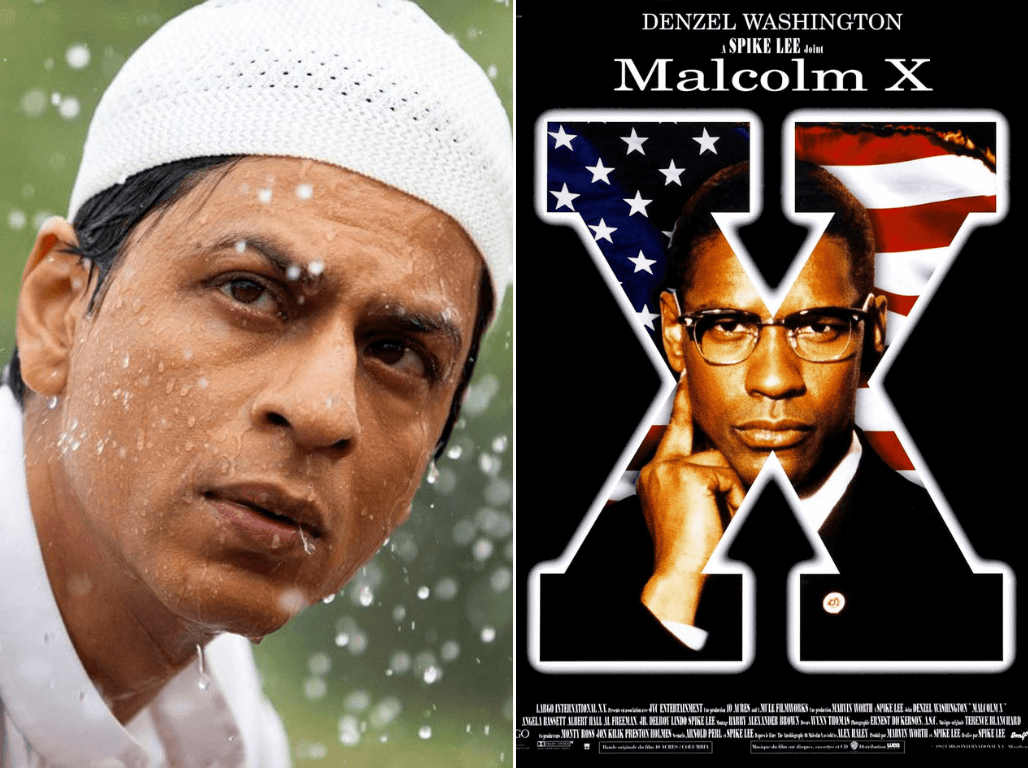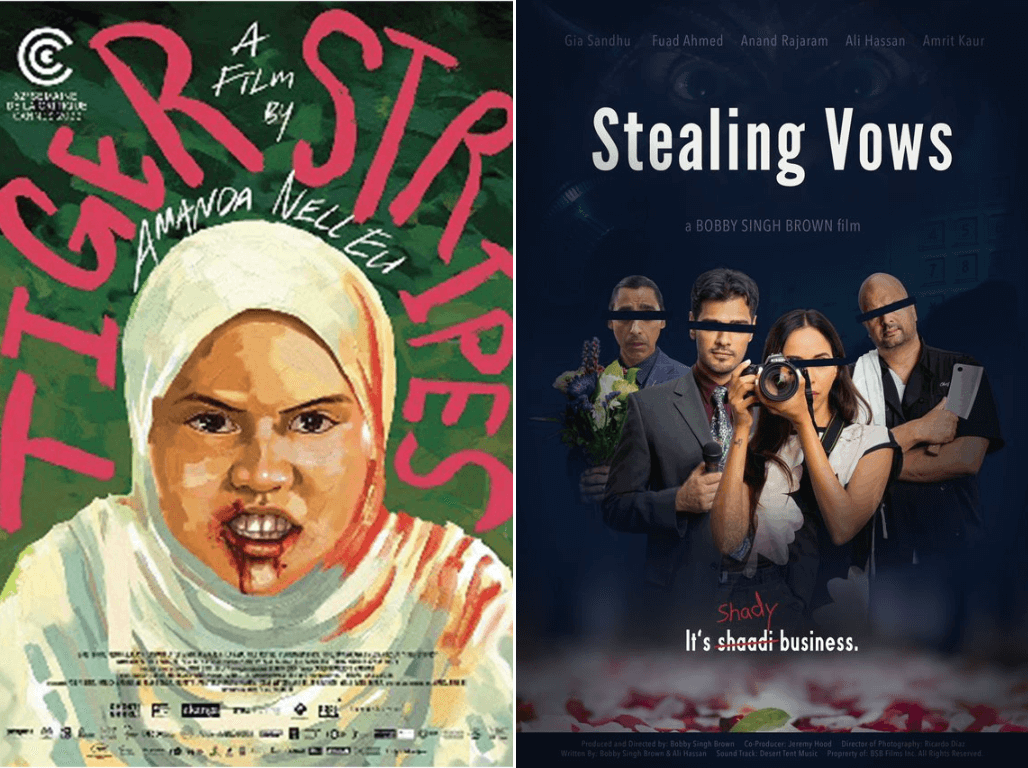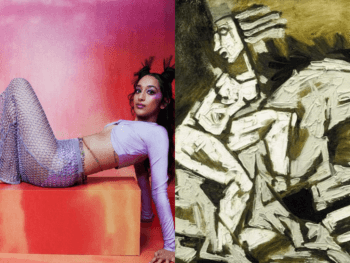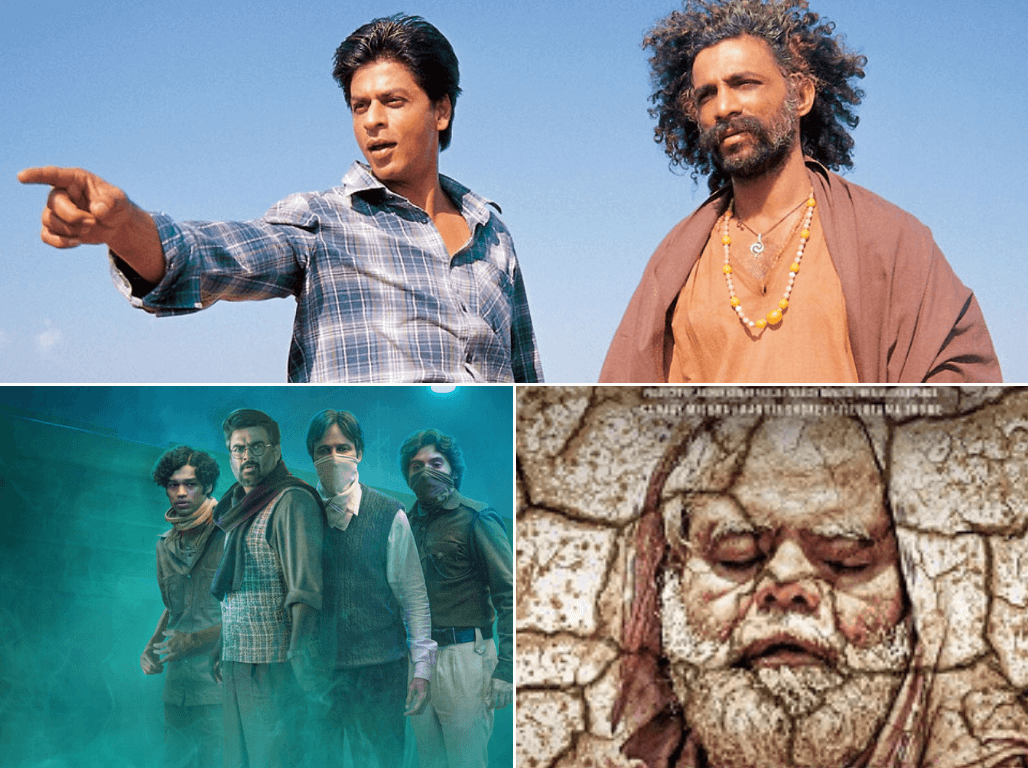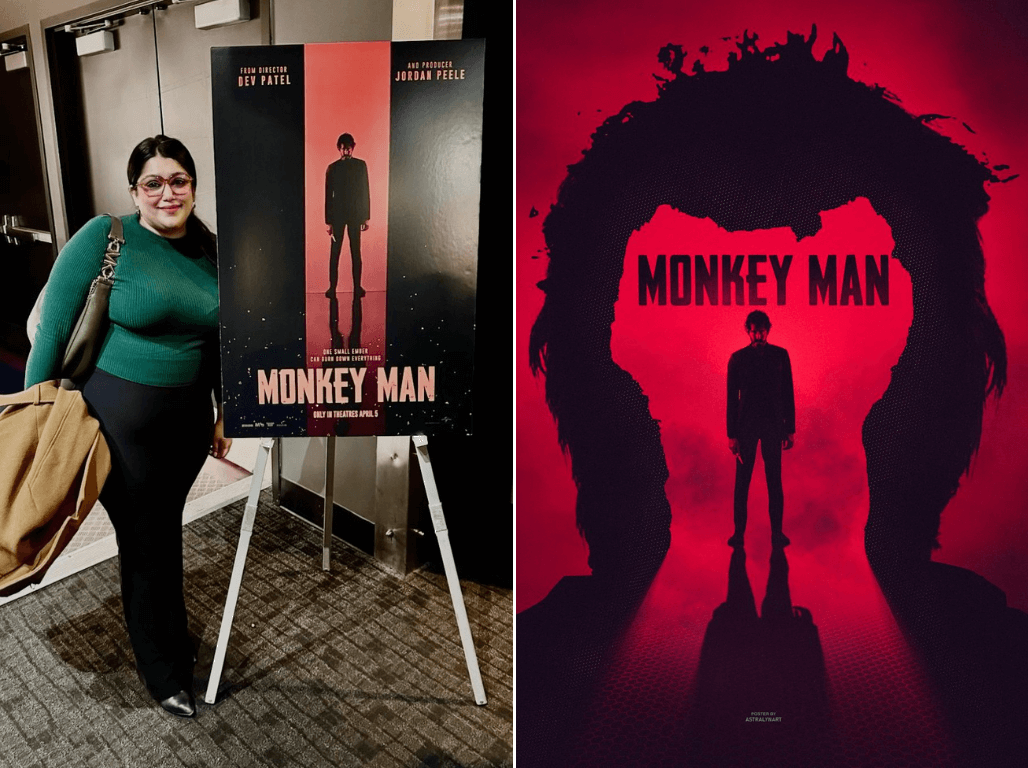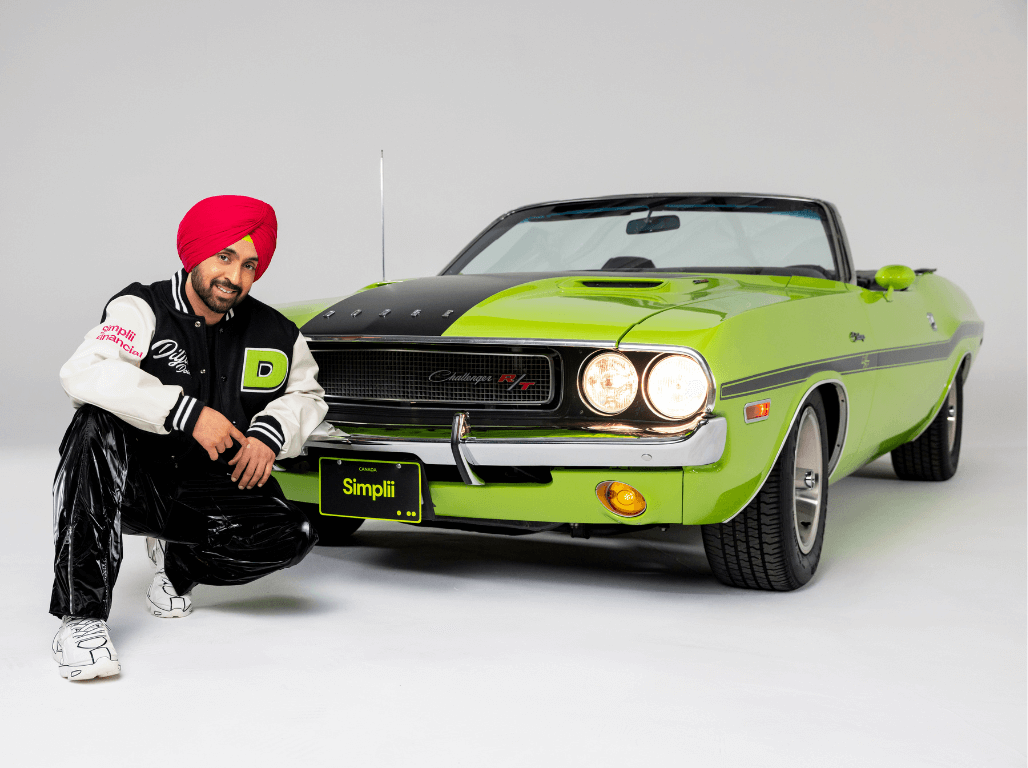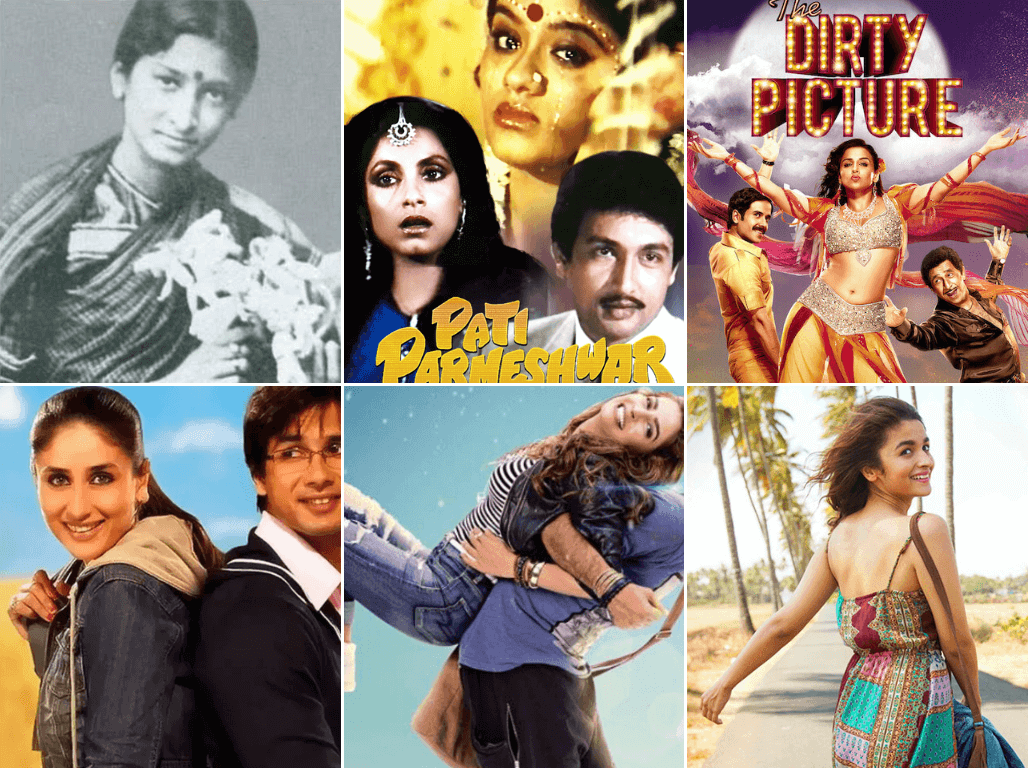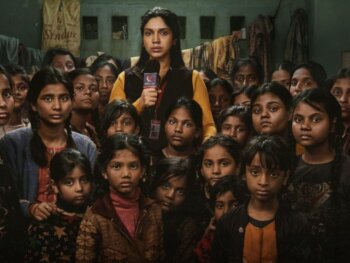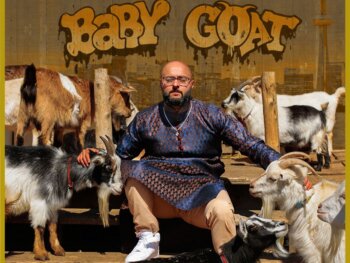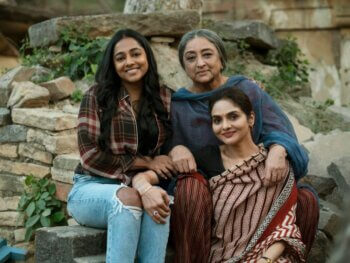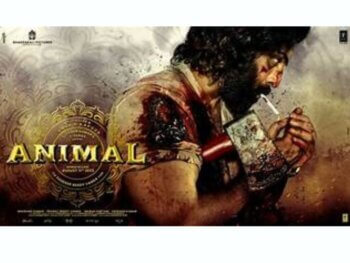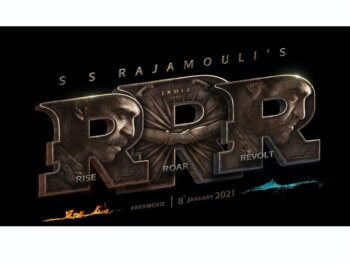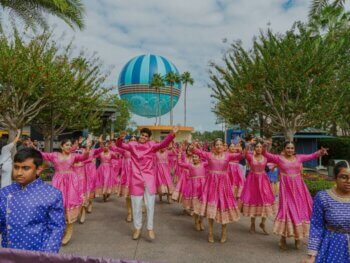With Bollywood getting global acclaim in recent years, the term “Bollywood” seems to have made its home in the English vernacular where you can just say that one word to non South Asian on the street and immediately they will know exactly what you mean. So when it comes to breaking down touchpoints of one of the world’s most prolific film industries, an industry which has been so engrained in our overall South Asian culture, we thought it’s time to take a closer look at key moments throughout India’s entertainment journey, which fostered and developed the Bollywood as we know it today.
[About the contributor: Internationally celebrated, award-winning media personality and author of several lifestyle articles, Tushar Unadkat, is the CEO, Creative Director of MUKTA Advertising, Founder, and Executive Director of Nouveau iDEA, Canada. He holds a Master of Design from the University of Dundee, Scotland, and BA Honors in Photography from the University of Wolverhampton, England.]
India is the world’s largest film producer and boasts the second-oldest film industry globally. The Indian film industry is prolific, creating many films in various regional languages, with a significant focus on Hindi films, commonly known as the Bollywood film industry, headquartered in Mumbai (formerly Bombay). The evolution of Bollywood has been nothing short of remarkable since its inception. Let us delve into the pivotal stages that have shaped its journey.
- Early Years (1913-1940s):
- The first Indian feature film, Raja Harishchandra, directed by Dadasaheb Phalke, was released in 1913, marking the beginning of Indian cinema.
- Silent films dominated this era, and storytelling drew inspiration from Indian mythology and folklore.
- The 1930s saw the sound introduction, leading to the first Indian sound film, Alam Ara, in 1931.
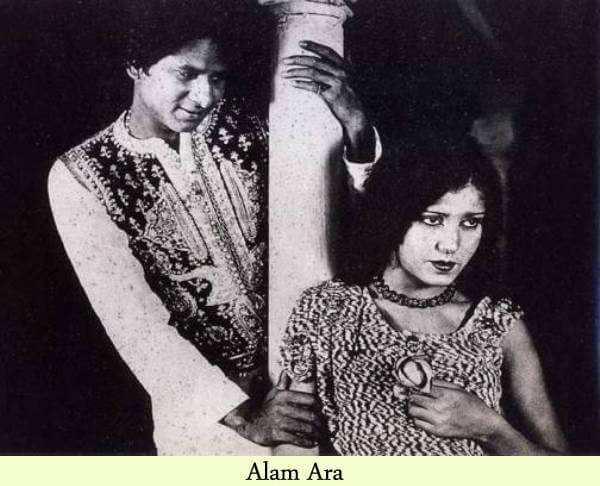
- Golden Era (1950s-1960s):
- This period witnessed the emergence of iconic filmmakers such as Raj Kapoor, Guru Dutt, and Bimal Roy.
- Themes shifted towards social issues, and the industry produced classics like Shree 420, Pyaasa, and Mother India. Released in 1957, Mother India was notable as this was India’s very first official submission to the Oscars, paving a way forward for India’s cinematic contributions to be shown in the West. It became the first Indian film to be nominated for the Oscar for the Best Foreign Language Film.
- The era also marked the rise of playback singers like Lata Mangeshkar and Mohammed Rafi.
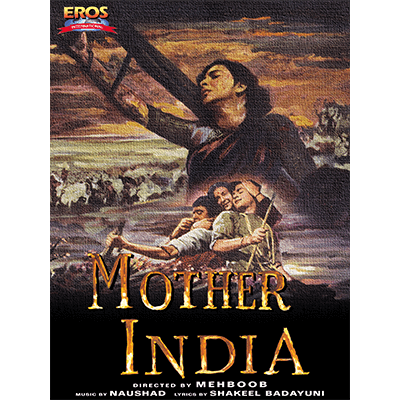
- Masala Movies and Popularization (1970s-1980s):
- Bollywood embraced the “masala” film formula, combining various genres such as action, drama, romance, and comedy.
- Amitabh Bachchan became a mega-star with films like Sholay and Deewar.
- The era also saw the rise of parallel cinema, with filmmakers like Shyam Benegal and Govind Nihalani exploring unconventional themes.
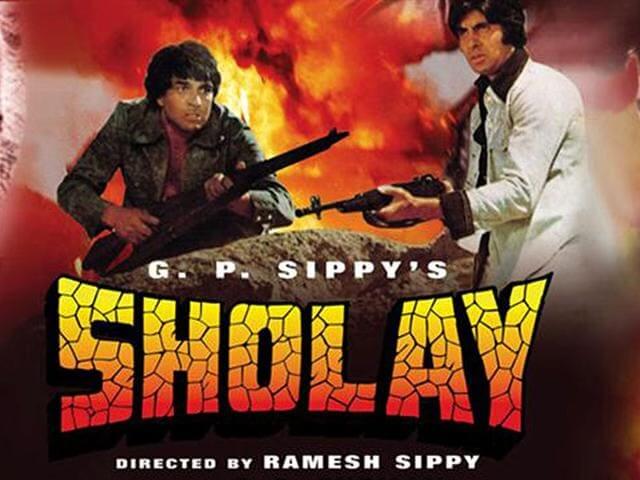
- Globalization and Modernization (1990s-2000s):
- Economic liberalization in the 1990s influenced Bollywood, leading to a more globalized industry.
- Filmmakers like Yash Chopra and Karan Johar brought a more polished and glamorous aesthetic to films.
- The industry gained international recognition with films like Lagaan and Dil Chahta Hai.
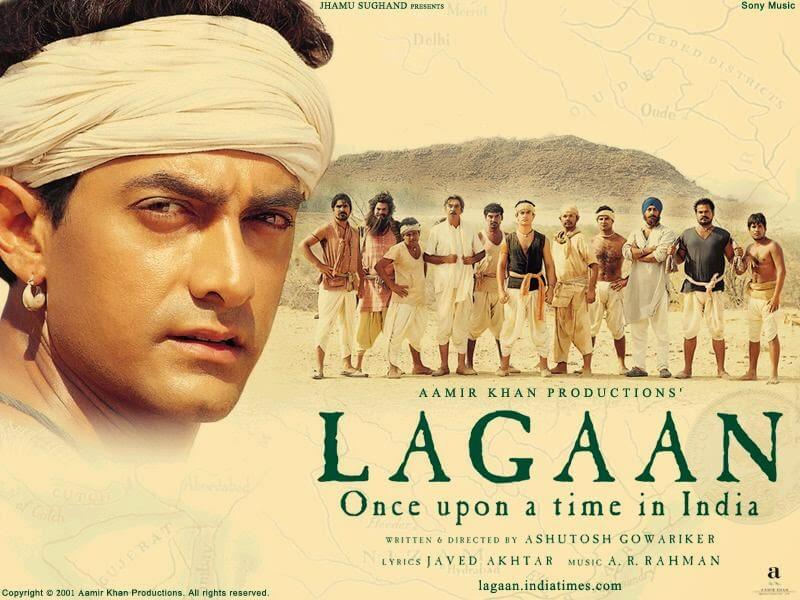
- New Wave and Content-Driven Films (2010s-Present):
- The last decade has shifted towards content-driven cinema, with filmmakers like Anurag Kashyap, Zoya Akhtar, and Shoojit Sircar gaining prominence.
- Non-traditional themes, experimental narratives, and realistic storytelling have become more prevalent.
- The rise of streaming platforms has provided a platform for diverse storytelling and talent.
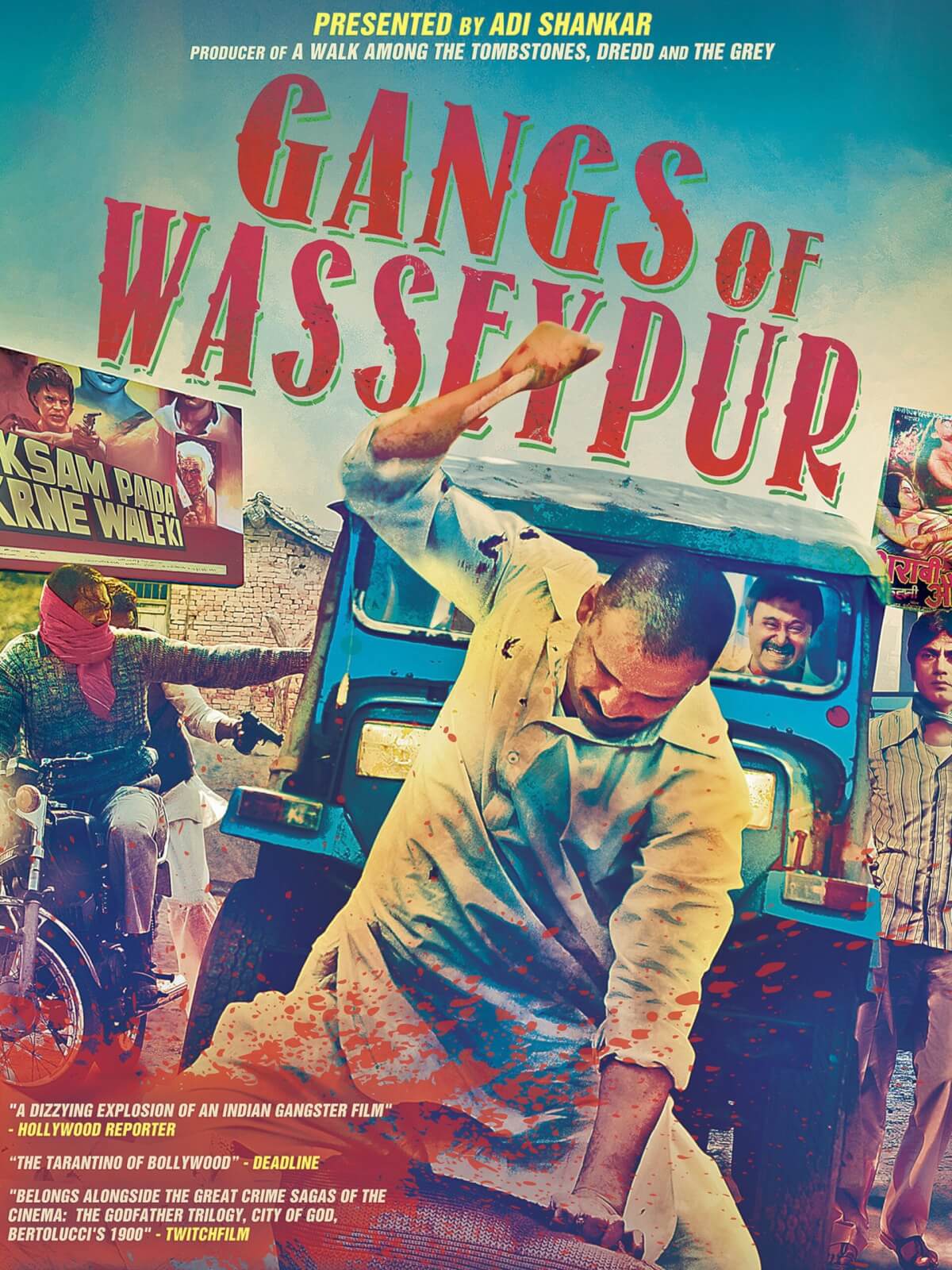
- Diversity and Inclusivity:
- Bollywood is becoming more inclusive, breaking away from traditional stereotypes.
- Films like Dangal and Badhaai Ho have challenged societal norms, and actors from diverse backgrounds are gaining recognition.
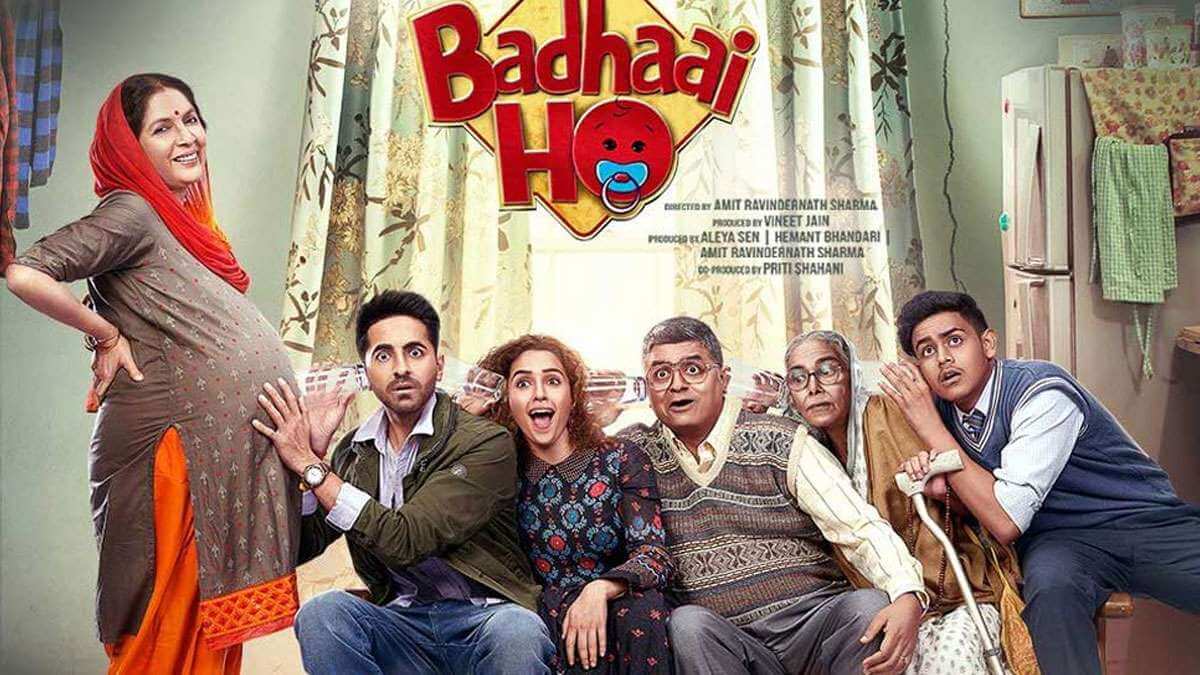
- Technological Advancements:
- The industry has embraced advanced technology in filmmaking, including special effects, CGI, and international collaborations.
- Bollywood films now have a global appeal, reaching audiences worldwide.
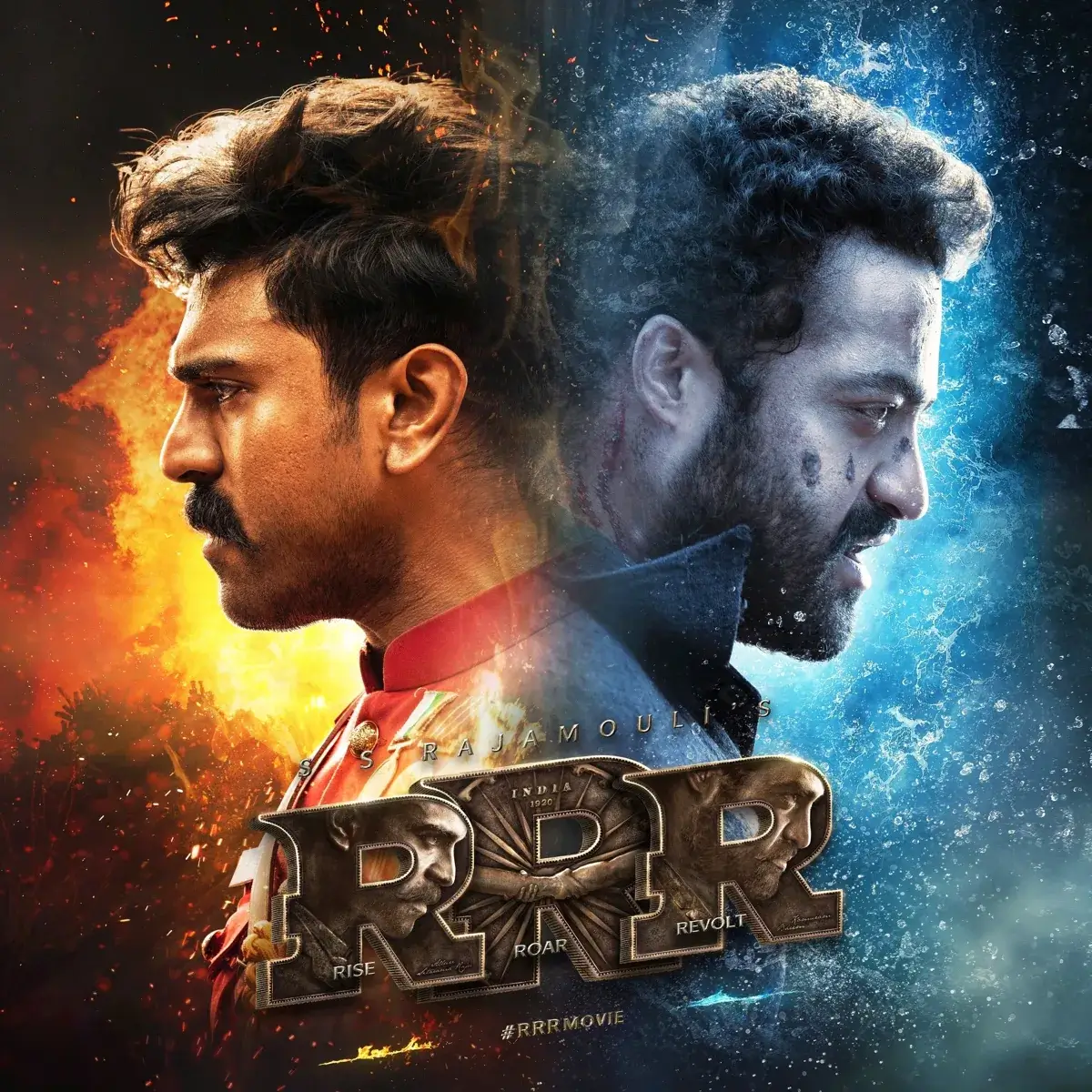
- Challenges and Controversies:
- Bollywood has faced challenges such as piracy, censorship issues, and controversies related to nepotism and representation.
- The #MeToo movement has also impacted the industry, shedding light on harassment issues.
The evolution of Bollywood reflects the broader societal and cultural changes in India. From its humble beginnings in silent films to its status as a global entertainment hub, Bollywood continues to adapt and redefine itself, showcasing the rich diversity of Indian cinema.
Looking Ahead
The future of Bollywood looks promising with a dynamic landscape marked by global expansion through strengthened international collaborations. The industry is making a concerted effort to embrace content-driven narratives across diverse genres. The forecast is that Bollywood will adopt cutting-edge technology, enhance cinematic experiences, and adapt to the growing impact of global streaming platforms. Inclusivity will remain a key focus, with a commitment to showcasing diverse talent and breaking away from traditional stereotypes. The emergence of new faces and voices and partnerships with international filmmakers would bring about fresh perspectives and cultural fusion.
As Bollywood navigates its future, there will be a shift in marketing strategies and distribution models. The industry will also have a heightened awareness of environmental and social responsibility in film production. The industry’s resilience will be tested by piracy and evolving viewer preferences, prompting a continuous pursuit of innovation to stay relevant in the changing entertainment landscape.
Main Image Photo Credit: Instagram
Author
Internationally celebrated, award-winning media personality and author of several business and lifestyle articles, Tushar Unadkat, is the CEO, Creative Director of MUKTA Advertising, Founder, and Executive Director of Nouveau iDEA, Canada. He holds a Master of Design from the University of Dundee, S...






